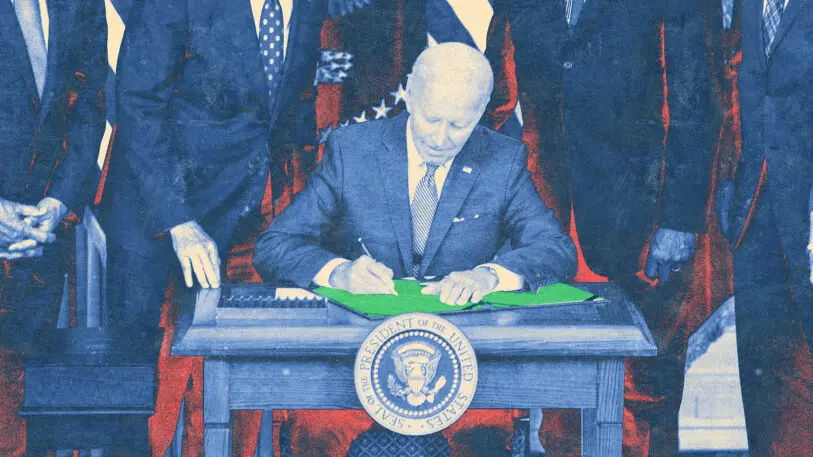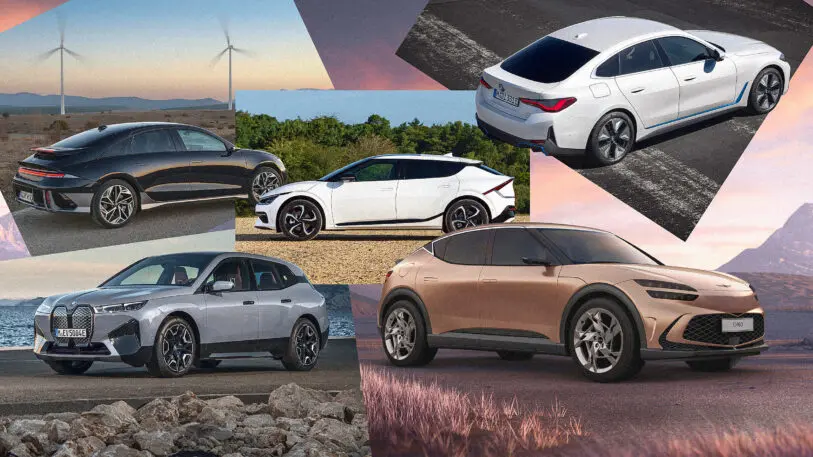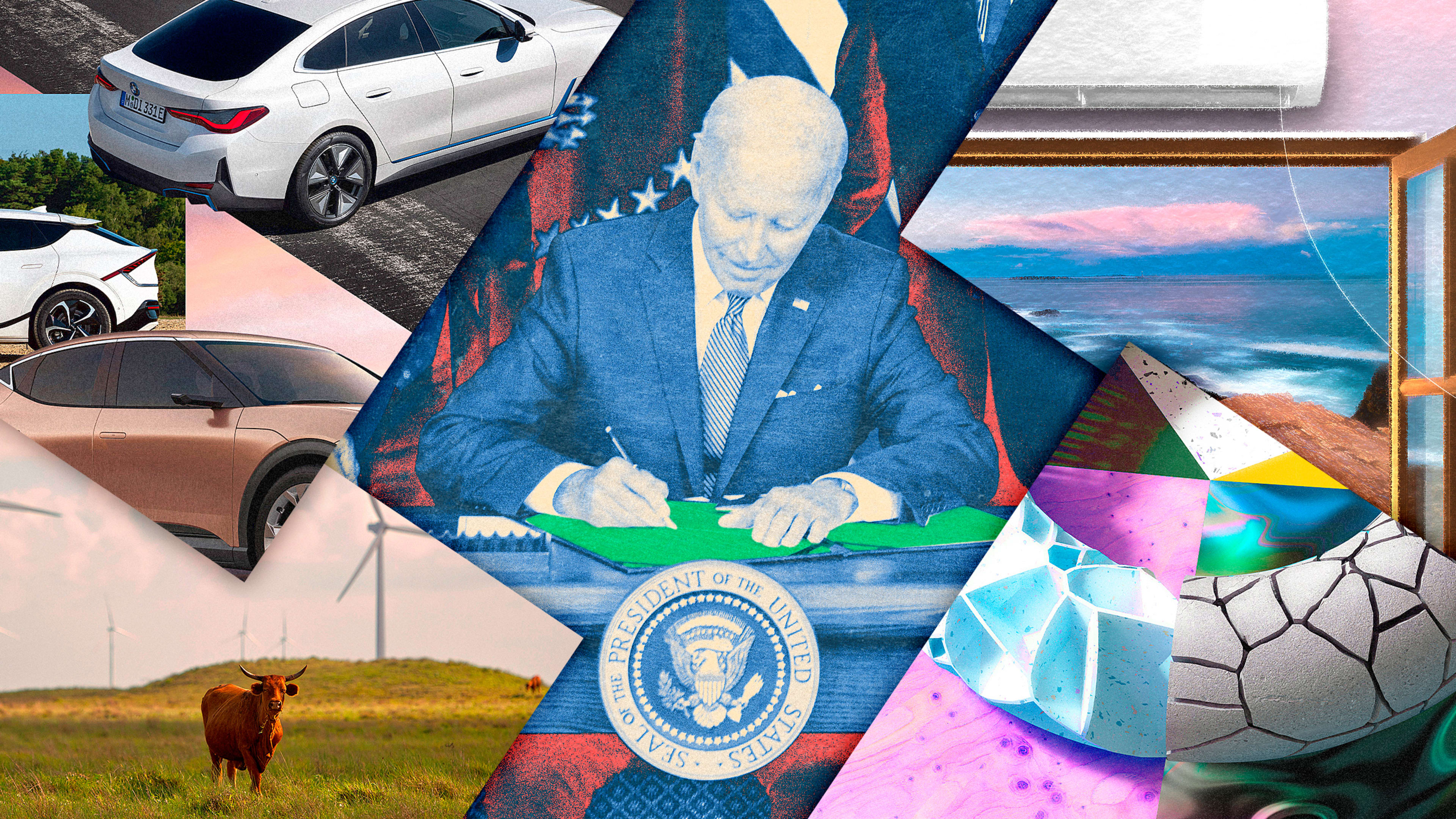Climate news can often feel full of doom and gloom. But even amid the negative reports, there are optimistic stories about progress. We’ve seen wins when it comes to building up our renewable energy capacity; increasing adoption of electric machines such as EVs and heat pumps over those that rely on fossil fuel; and governments investing more in the clean energy economy.
As 2023 comes to a close, here’s a look back at some notable milestones in the transition away from fossil fuels and toward clean energy and electrification.

Clean energy investments outpaced those in fossil fuels
Plenty of institutions, from banks to retirement funds, continue to funnel money into new oil and gas projects. But in 2023, investments in renewable energy surpassed those: For every $1 invested in fossil fuels, the International Energy Agency reported in May, about $1.70 is now going to clean energy. Among all renewable energy options, the standout is solar, which IEA Executive Director Fatih Birol said is “set to overtake the amount of investment going into oil production for the first time.”
Overall, investment in clean energy has risen 40% since 2020. The IEA estimated that around the world, $1.7 trillion would be invested in clean energy this year, compared to $1 trillion in fossil fuels.

More than 100,000 new climate jobs were created
The Inflation Reduction Act passed in 2022, but its first year in effect led to major wins in 2023, including the creation of more than 170,000 clean energy jobs spread across 44 states. Those jobs aren’t just at places like renewable energy factories, but also include construction workers, electricians, mechanics, and support staff. It’s a sign of just how many people have a role to play in the transition to a clean energy economy.
And clean energy jobs are expected to grow: One November report estimated that the IRA will create more than 400,000 jobs in clean energy projects. And even beyond jobs in industries like solar or batteries, green skills are becoming useful in nearly every sector: According to a 2023 LinkedIn report, the number of job postings requiring at least one sustainability-related skill grew 22.4% between 2022 and 2023.

EV sales hit a new record
In the U.S., more than 1 million electric vehicles were sold in 2023. That milestone happened in the first 11 months of the year—and marks a 50% year-over-year increase compared to 2022, according to the National Automobile Dealer Association. That means EVs are taking up a larger share of all cars sold: Back in 2020, just 1 in 25 cars sold was electric; as of 2023, that figure is 1 in 5. And it’s not just U.S. drivers switching from fuel combustion engines; global EV sales hit a new record in November, with 1.4 million sold that month alone. The best-selling car in the world in 2023 was an electric option: the Tesla Model Y.
As more people buy electric vehicles, it reduces the demand for oil. Experts in the space see even more EV growth, especially as prices come down and production volumes ramp up; tax credits available for EVs are also expected to be easier to get in 2024.

A record amount of renewables created our electricity
In the first half of the year, renewable energy—including wind, solar, hydropower, geothermal, and biomass—accounted for 25.11% of the electricity generated across the country, a new record. When the IEA put out its World Energy Outlook in October, it noted that the world was on track to add more than 500 gigawatts of renewable generation capacity; 300 gigawatts were added in all of 2022. (One gigawatt is enough to power about 750,000 homes.)
And that growth will continue: Solar power has likely already crossed a tipping point, researchers said this year, and is set to dominate the global electricity market before 2050.

Maine reached its heat pump milestone ahead of schedule
In 2019, Maine Governor Janet Mills set a target for the state to install 100,000 heat pumps by 2025. Over the summer—two years ahead of schedule—Maine surpassed that goal (and set a new one). The state is a leader in installations for heat pumps, an electrical home appliance that replaces gas furnaces and which climate experts say is a key part of fighting climate change by electrifying our homes. Maine reached its goal by investing in educating residents, collaborating with installers, making incentives available, and clearing away bureaucratic red tape—all methods that other states can employ to make progress in their own efforts to mitigate the effects of climate change.
Recognize your brand’s excellence by applying to this year’s Brands That Matter Awards before the early-rate deadline, May 3.
